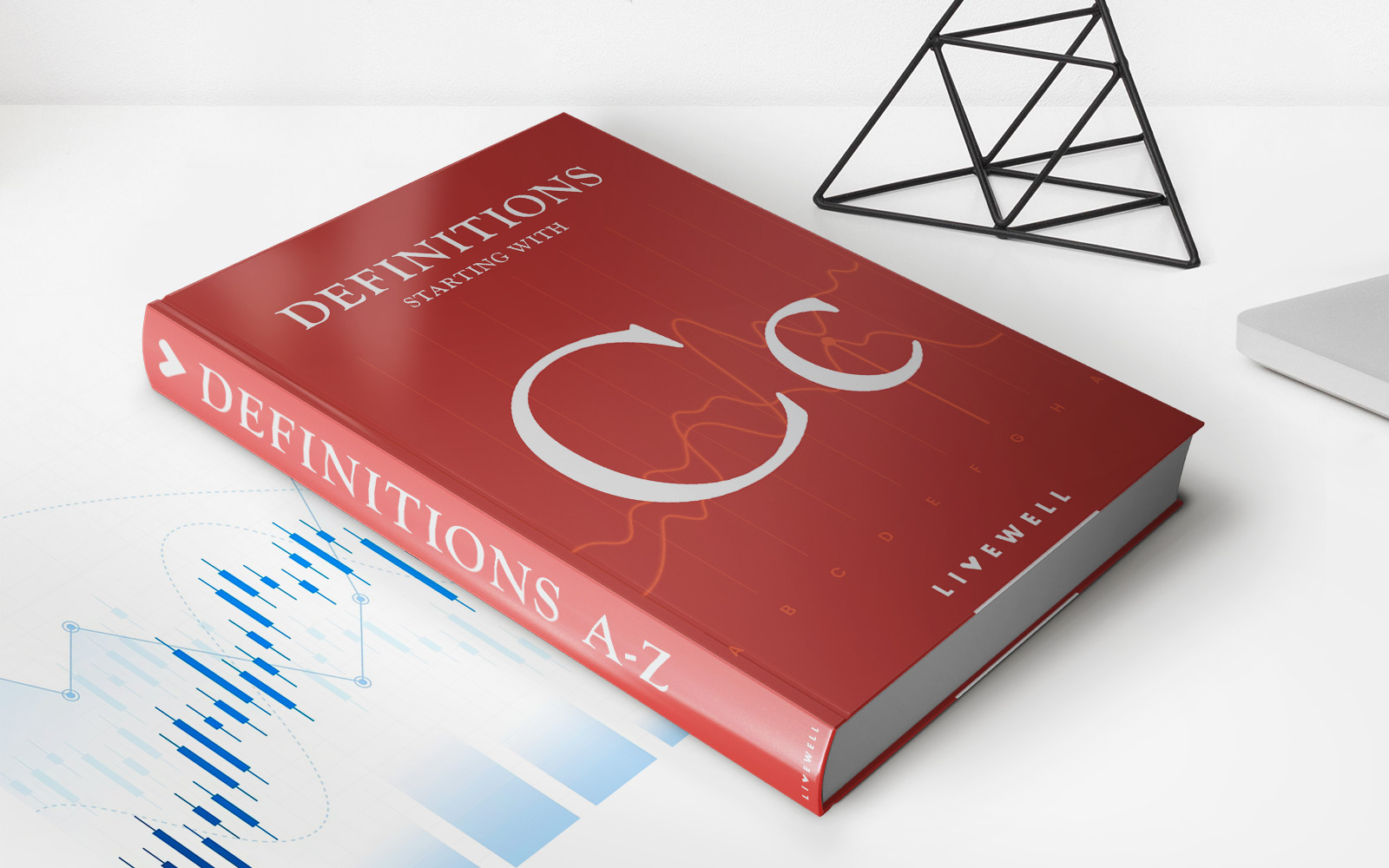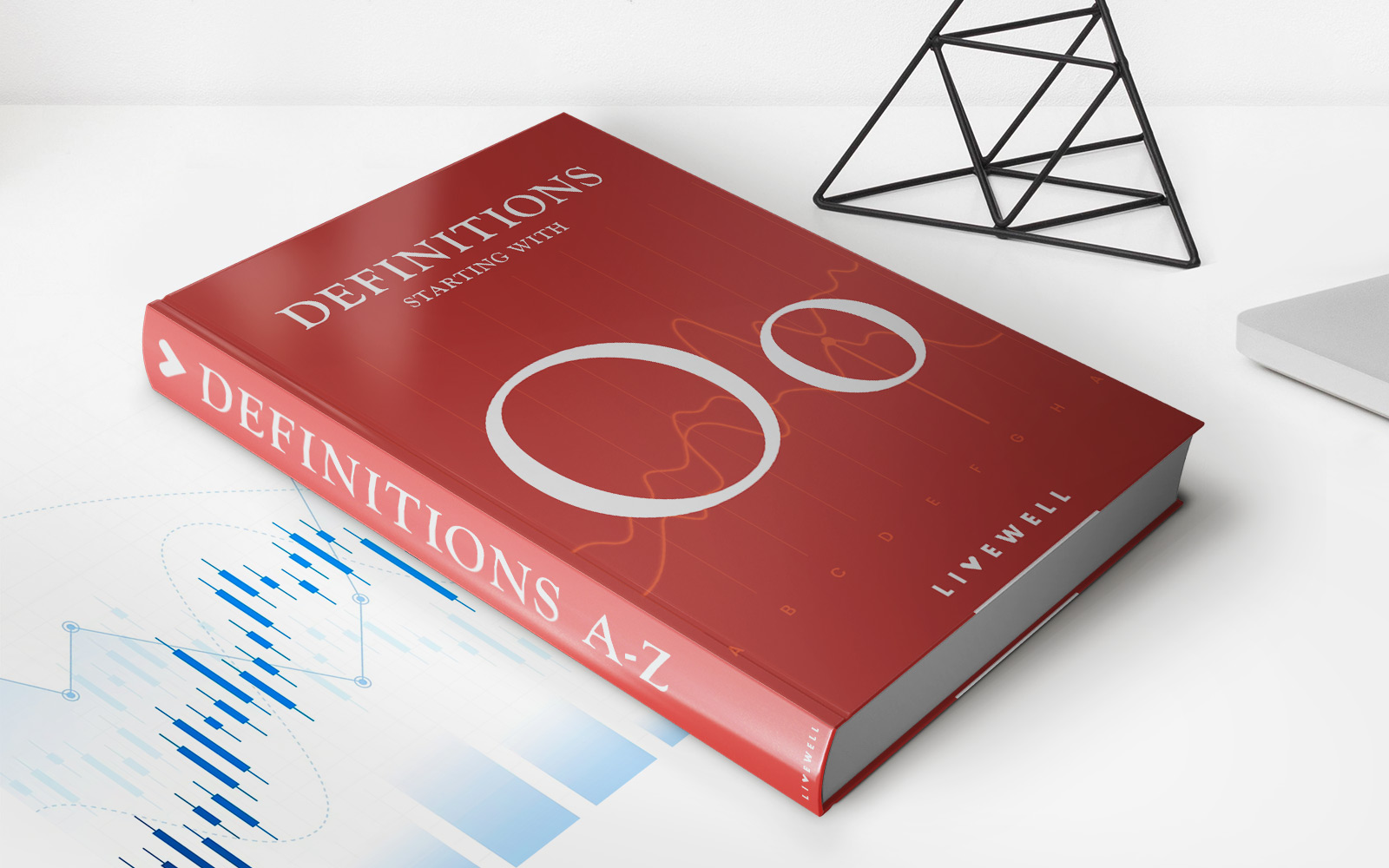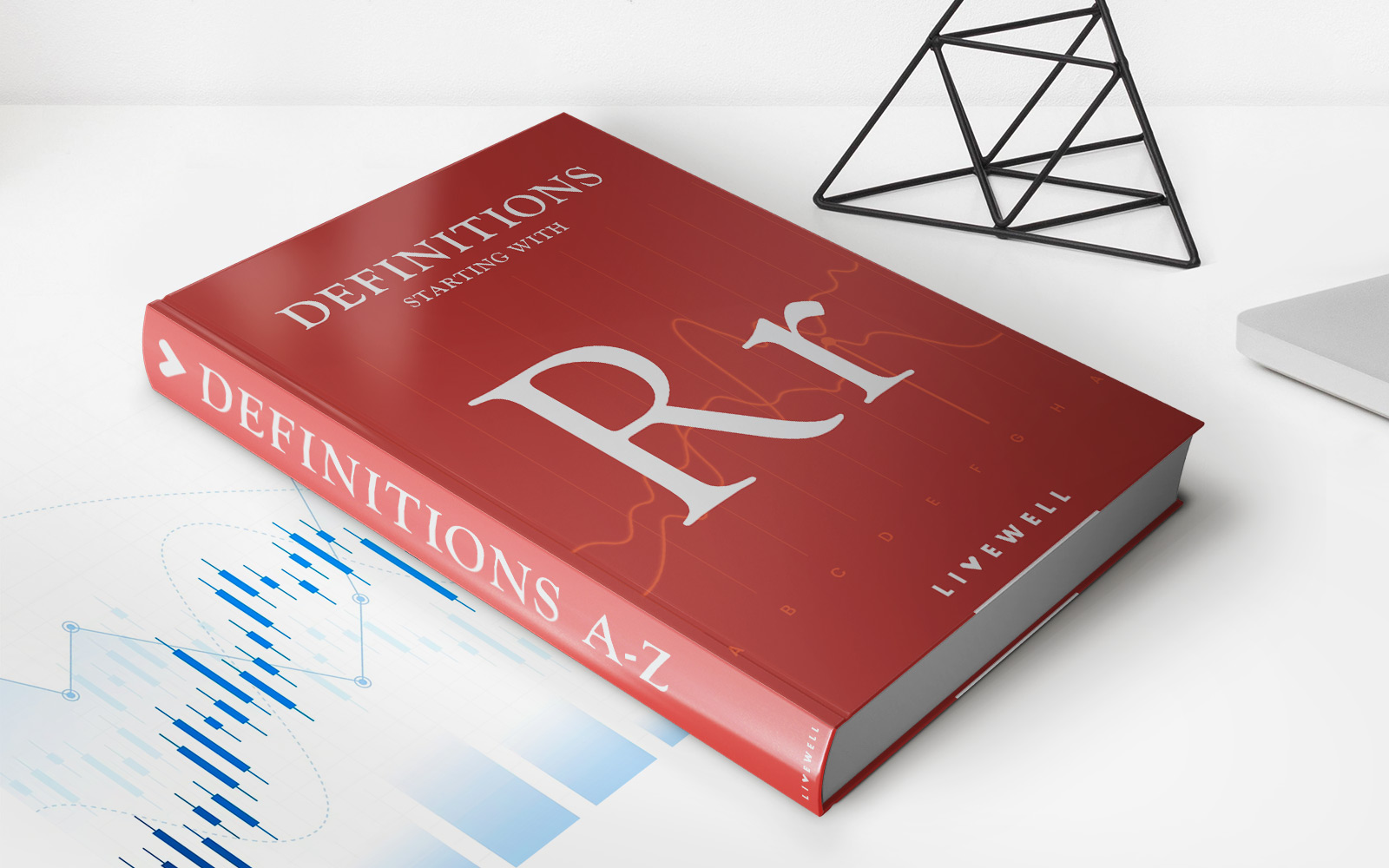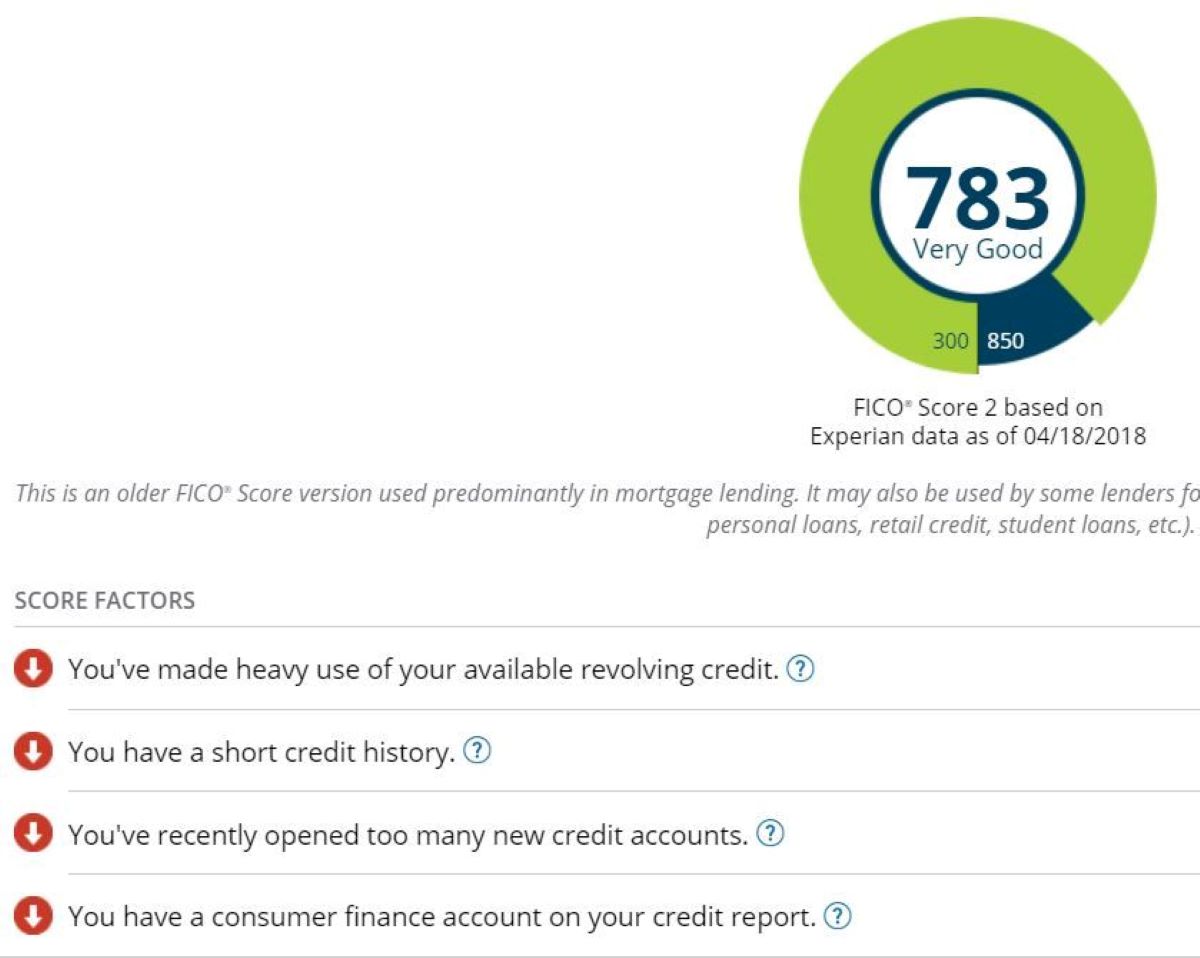Home>Finance>Negative Growth: Definition And Economic Impact
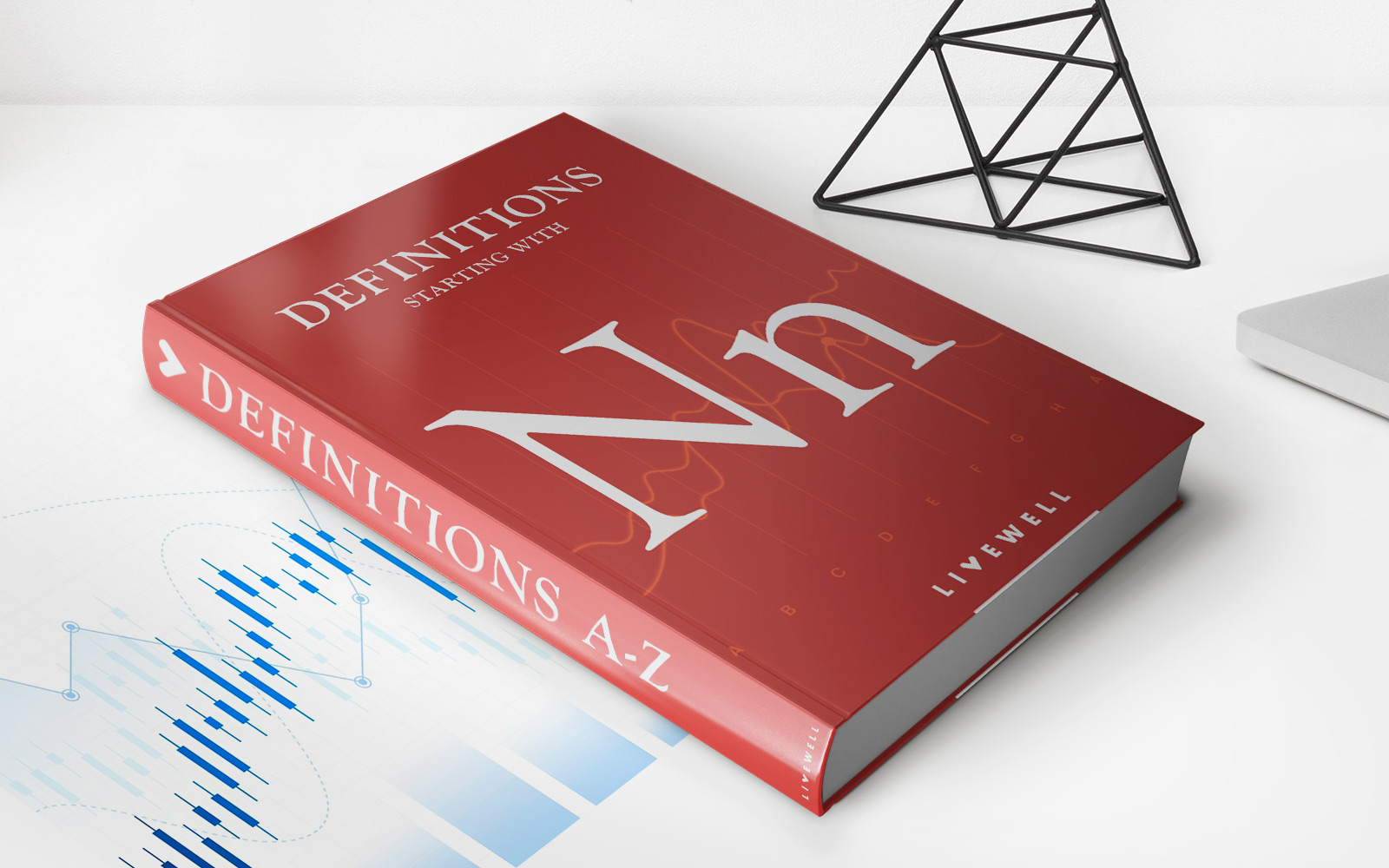

Finance
Negative Growth: Definition And Economic Impact
Modified: December 30, 2023
Learn about the definition and economic impact of negative growth in finance, and how it affects the overall economy. Stay informed and make smart financial decisions.
(Many of the links in this article redirect to a specific reviewed product. Your purchase of these products through affiliate links helps to generate commission for LiveWell, at no extra cost. Learn more)
The Ups and Downs of Negative Growth: Understanding its Definition and Economic Impact
In the world of finance, we often hear about the importance of economic growth and how it contributes to the overall prosperity of a nation. However, it’s equally crucial to understand the concept of negative growth and its potential impact on economies. In this blog post, we will delve into the definition of negative growth, explore its economic consequences, and shed light on the measures taken to mitigate its effects.
Key Takeaways:
- Negative growth refers to a decline in economic output over a specific period, typically measured in terms of gross domestic product (GDP).
- This economic phenomenon can lead to reduced consumer spending, increased unemployment rates, and diminished investor confidence.
But what exactly is negative growth?
Negative growth, also known as economic contraction or recessive growth, occurs when there is a decline in a country’s economic output over a certain period. This decline is typically measured by calculating the change in the gross domestic product (GDP), which is the total value of goods and services produced within a country’s borders during a specific timeframe.
While economic growth signifies progress and prosperity, negative growth paints a different picture. Here are some key consequences that negative growth can have on the economy:
1. Reduced Consumer Spending
When the economy experiences negative growth, people tend to become more cautious with their spending habits. Uncertainty about the future and concerns about job security may lead individuals to tighten their purse strings. This decrease in consumer spending can have a ripple effect on businesses, leading to reduced revenues, job losses, and a slowdown in economic activity.
2. Increased Unemployment Rates
Negative growth often correlates with rising unemployment rates. As businesses struggle to maintain their operations and reduce costs, they may resort to downsizing or even closing down, resulting in job losses. Moreover, decreased consumer spending can also lead to reduced demand for goods and services, further exacerbating unemployment levels.
The economic impact of negative growth extends beyond consumer spending and unemployment rates. Diminished investor confidence, government budget constraints, and diminished tax revenues are among the various challenges that can arise during this period. To counter these consequences, governments and policymakers employ certain measures:
Measures to Mitigate Negative Growth:
- Fiscal Stimulus: Governments can employ fiscal measures such as increased spending or tax reductions to stimulate economic activity and encourage investment.
- Monetary Policies: Central banks can utilize monetary instruments, such as lowering interest rates or implementing quantitative easing, to increase lending and boost consumer and business activity.
- Structural Reforms: Governments can implement long-term structural reforms to enhance productivity, promote innovation, and attract investments to stimulate economic growth.
It’s important to remember that negative growth is not necessarily a permanent state. Economies can bounce back from periods of contraction, following the implementation of appropriate policies and measures. However, effectively managing and mitigating the impacts of negative growth requires comprehensive planning and close collaboration between governments, central banks, and various stakeholders.
In conclusion, understanding and analyzing negative growth is crucial for individuals, businesses, and policymakers alike. By grasping the definition of negative growth and recognizing its economic impacts, we can work towards implementing effective strategies to navigate through challenging times and foster sustainable economic growth.

